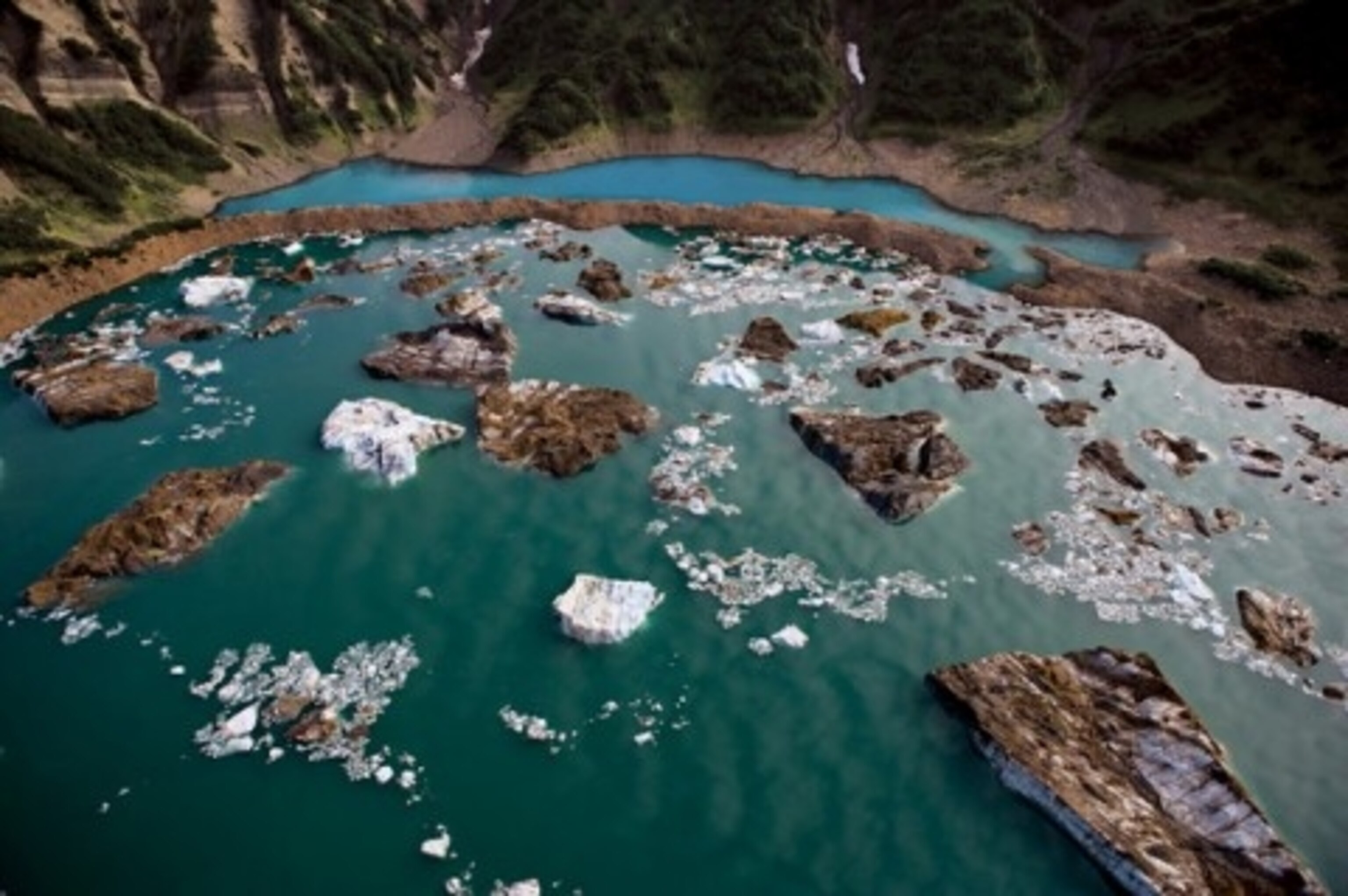
Book Excerpt: From the Eyes of the Vikings
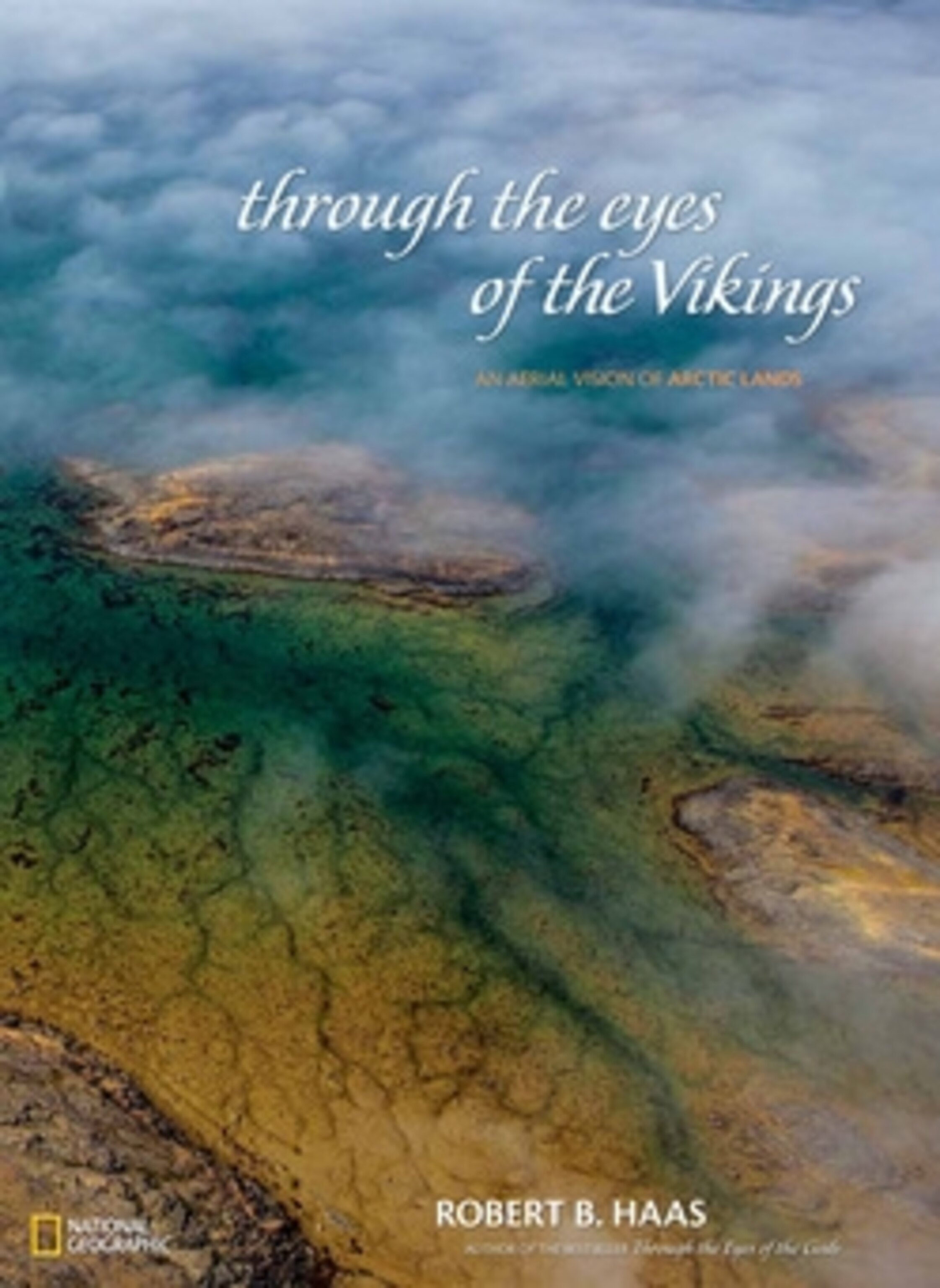
RED GLACIER, ALASKA Bergs and boulders form islands of ice and rock in the basin of the glacier.
Welcome to the latest edition of Library Fridays, where we share an excerpt from one our upcoming titles from National Geographic Books. I was particularly enthused at just hearing the name of this week’s book, From the Eyes of the Vikings: An Aerial Vision of Arctic Lands by Robert B. Haas. It’s the latest collection of aerial photographs from Haas, who has also published From the Eyes of the Condor: An Aerial Vision of Latin America, and From the Eyes of the Gods: An Aerial Vision of Africa. But if you’re expecting large swaths of ice (or horned helmets for that matter), you’ll be blissfully surprised. The images are captivating and both their solitude and scope quickly engulf you. Here, an excerpt from his introduction; click through for more images after the jump.
The Arctic is a region that means different things to different people. There is not even universal agreement as to exactly what territory it refers to. Technically speaking, it embraces that portion of the Earth that lies above an imaginary circle parallel to the equator and 66˚34′ north of it. But that sterile definition hardly does justice to what we instinctively know to be “the Arctic.” In our gut, we know that Iceland is truly an “Arctic” land, even though that imaginary circle just barely grazes its most northern edge near the town of Raufarhöfn. By sheer dint of its name alone, you have to concede that Iceland is part of the Arctic. And the same for Greenland, that massive chunk of ice that lies partly above and partly below the Arctic Circle–surely, the residents of Nuuk on its southwestern border would be thoroughly off ended to learn that their home was not part of “the Arctic.”
More than anything else, the Arctic is a place defined by its characteristics rather than the precise location of an artificial line on a globe. It is the end product of a recipe of elements mixed together in its own special brew of inhospitable landscapes, midnight sun, iconic wildlife, sparse habitation. If a herd of caribou runs past your view and you are dressed in a sealskin coat with a fur-lined hood to protect against biting winds that would freeze your exposed skin in a matter of minutes, you don’t need a map to know that you are in the Arctic.
I can’t stand the cold. The mere mention of names such as “Greenland” or “Iceland” literally sends chills down the backs of my arms. But somehow I am drawn to the romance and the challenge of facing the Arctic–a grossly mismatched duel where the best you can do is to escape unharmed and unbowed.
Click through for more photos.
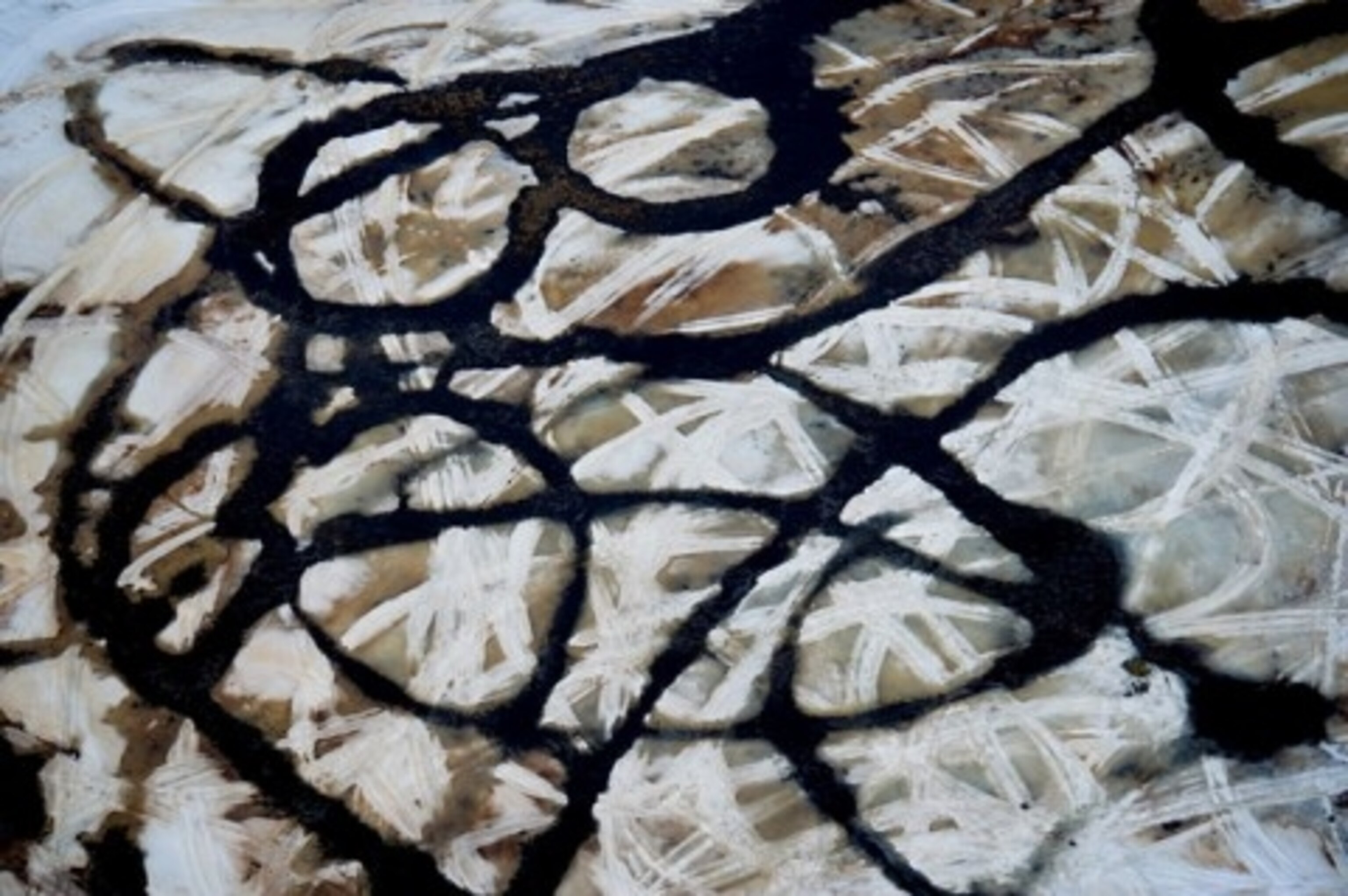
KIRUNA, SWEDEN Snowmobile tracks crisscross the surface of a melting pond.
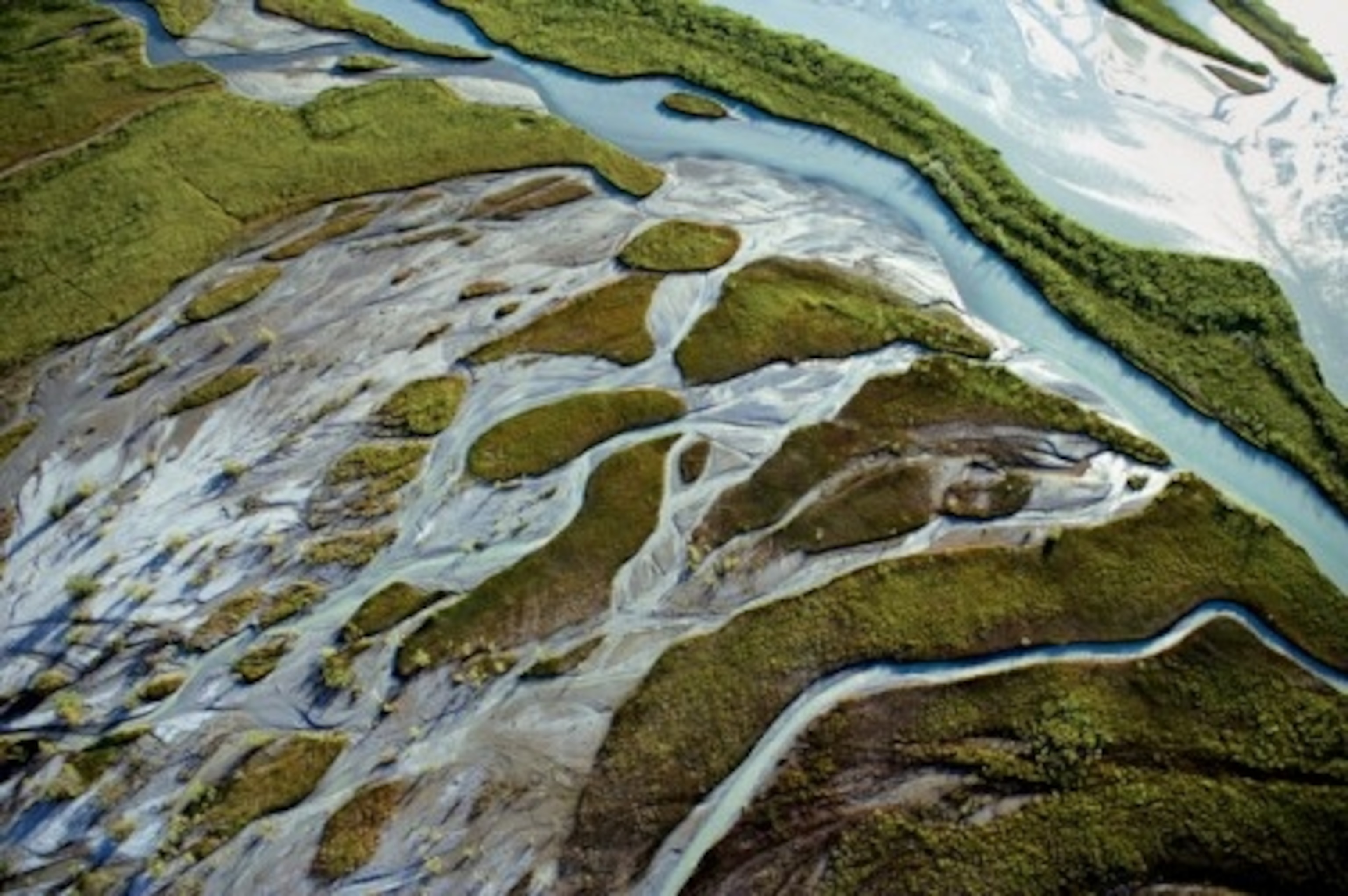
NEACOLA RIVER, ALASKA Sunlight sparkles along the river’s banks and its tidal flats.
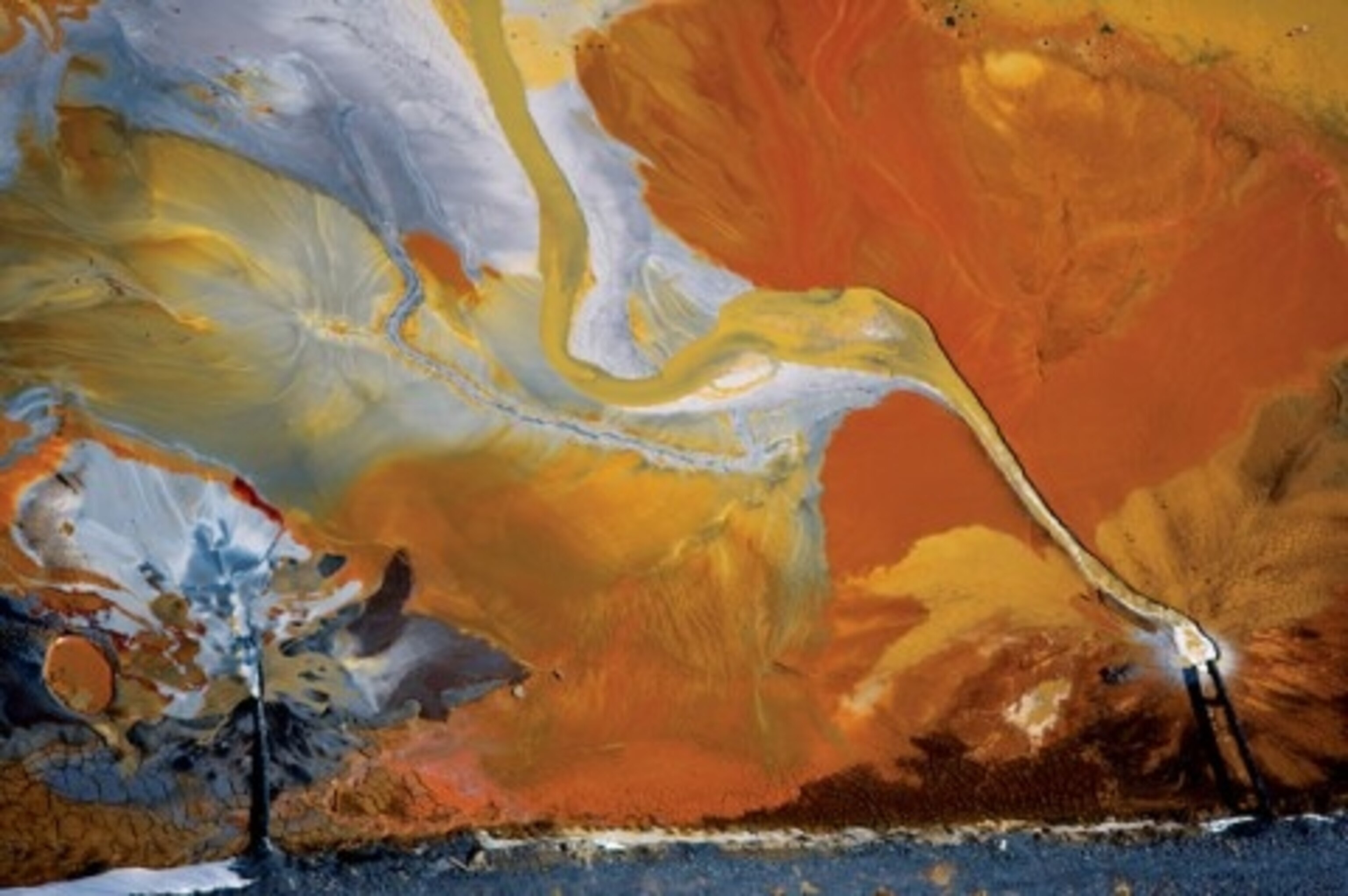
- National Geographic Expeditions
LANGØYA ISLAND, NORWAY Industrial byproducts form a swirling palette at a waste-treatment facility on this island south of Oslo.
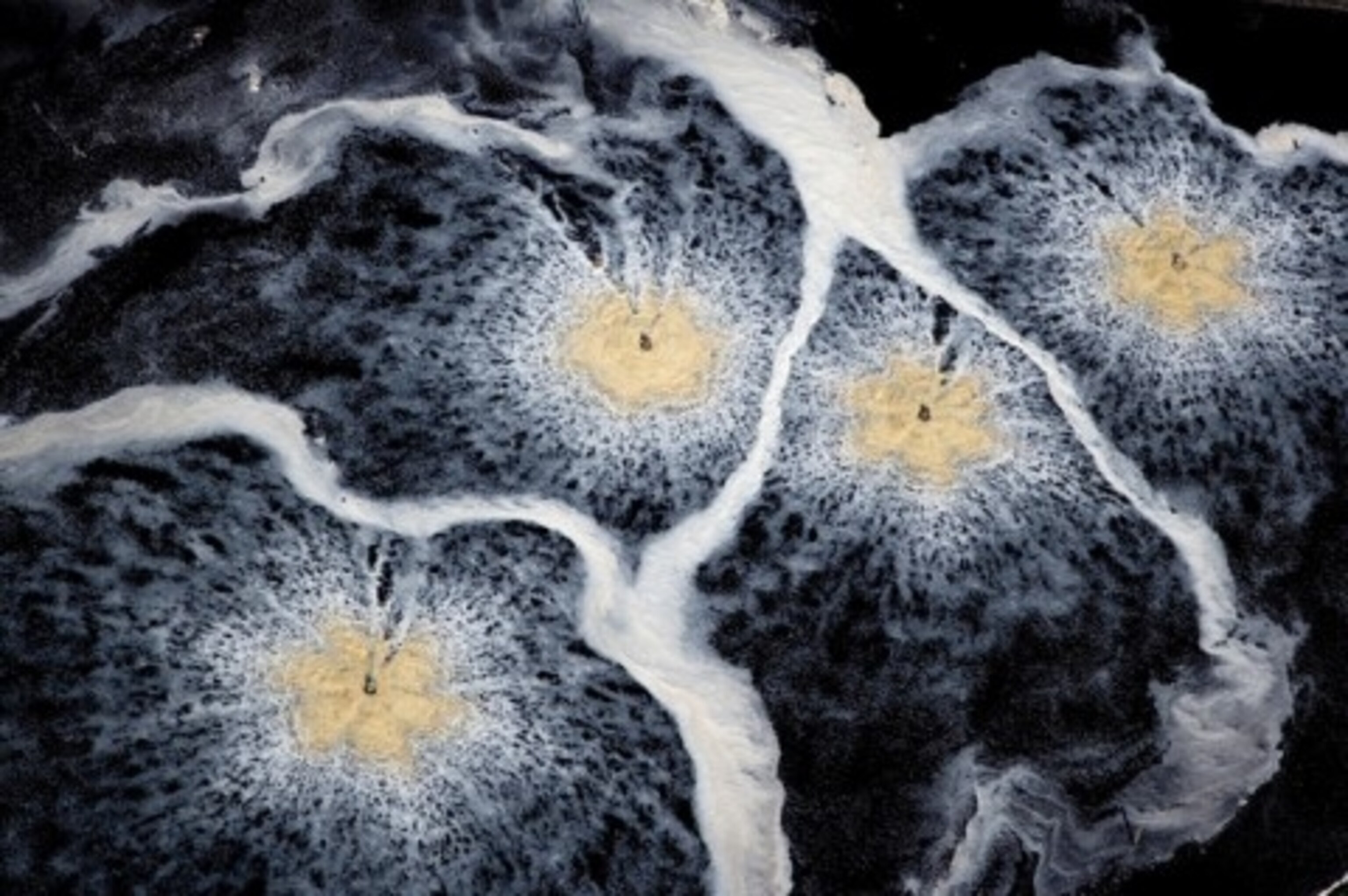
BAY OF BOTHNIA, SWEDEN Recycling pools beside a lumber facility near the port city of Karlsborg pock the landscape like shots through tempered glass.
